In a world where imagination often sparks innovation, some predictions from fiction are surprisingly close to becoming reality. From advanced technology to societal changes, these once-fantastical ideas are now on the brink of existence. Here, we explore the most intriguing concepts that are transforming from pages and screens into our everyday lives.
Self-Driving Cars (Various Sci-Fi Novels)
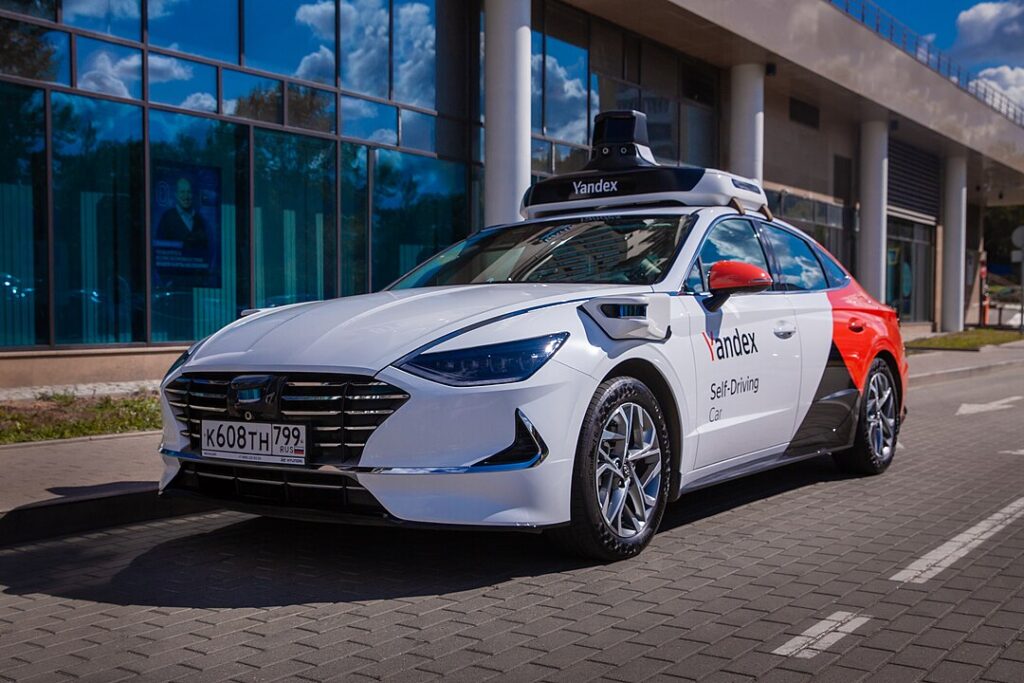
Self-driving cars, a staple in many science fiction stories, are rapidly becoming a reality with companies like Tesla, Waymo, and Uber leading the way. These autonomous vehicles use advanced AI, lidar, radar, and cameras to navigate without human intervention. Current models are capable of highway driving, and ongoing advancements promise fully autonomous cars in the near future, potentially revolutionizing transportation and reducing accidents caused by human error.
Augmented Reality (AR) (Ready Player One)
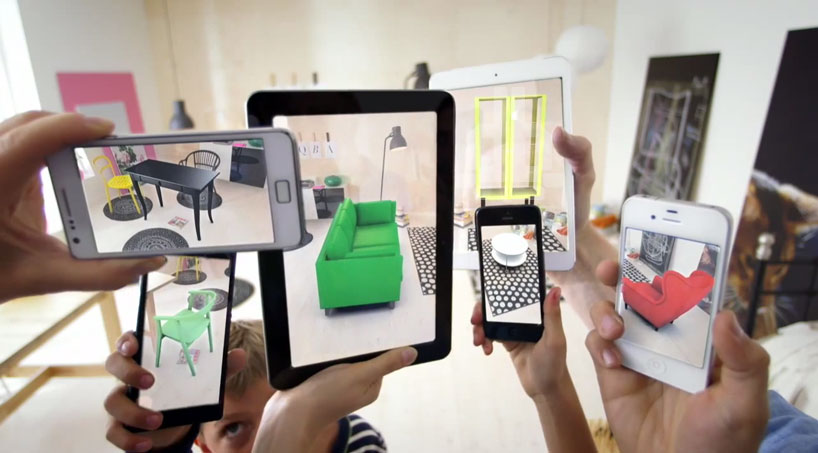
“Ready Player One” painted a vivid picture of a world immersed in augmented reality. Today, AR is making strides with devices like Microsoft’s HoloLens and apps on smartphones that overlay digital information onto the physical world. This technology is being used in various fields, from gaming and education to healthcare and retail, offering an enriched interactive experience by blending the virtual and real worlds seamlessly.
Wearable Health Monitors (Star Trek)
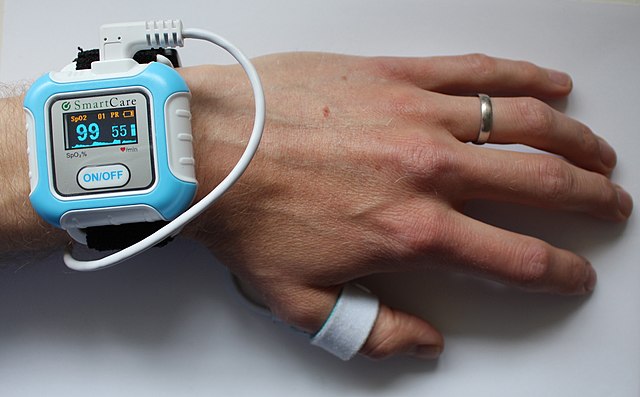
In “Star Trek,” characters used tricorders to diagnose and monitor health conditions. Modern wearable devices like Fitbit, Apple Watch, and medical-grade wearables now track vital signs, monitor heart rates, detect irregularities, and even conduct basic ECGs. These devices are becoming essential tools in preventive healthcare, providing real-time data and alerts that help users manage their health more effectively.
Flying Cars (The Jetsons)
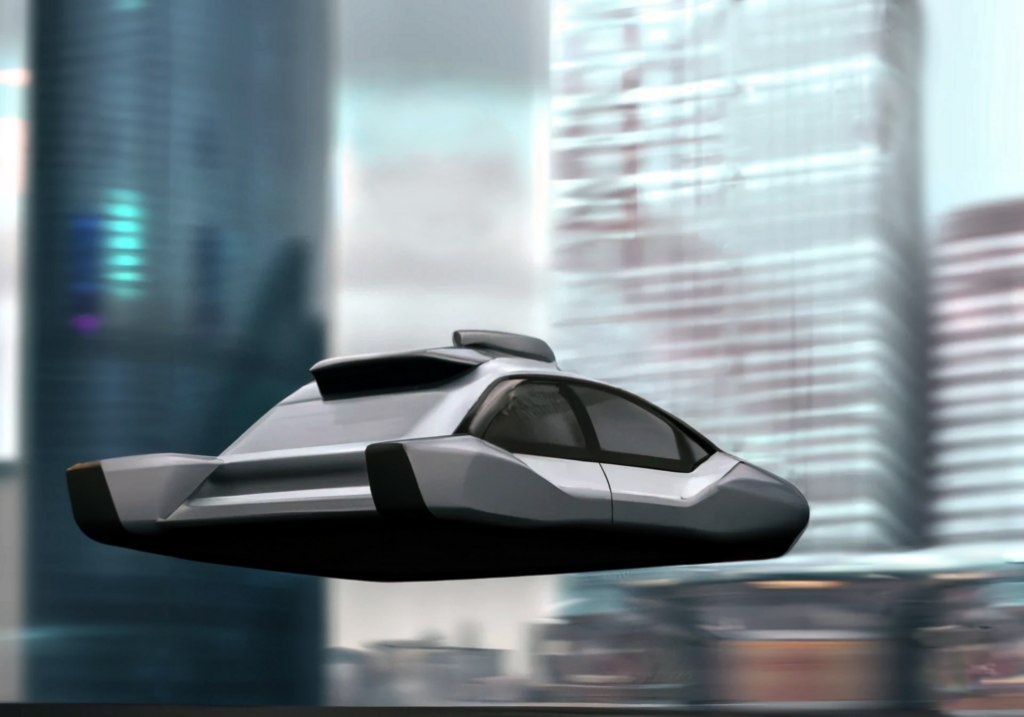
Flying cars have been a dream depicted in “The Jetsons” and numerous sci-fi works. Today, companies like Terrafugia, AeroMobil, and PAL-V are developing prototypes that combine driving and flying capabilities. These vehicles aim to reduce urban congestion and provide a new mode of transportation. Though still in the early stages, regulatory and technological advancements are pushing us closer to seeing flying cars in our skies.
Personalized Medicine (Gattaca)

“Gattaca” showcased a world where genetic information dictates personal and professional outcomes. In reality, personalized medicine is emerging through genomic sequencing and biotechnology. Companies like 23andMe and CRISPR technology are paving the way for treatments tailored to an individual’s genetic makeup, potentially improving the effectiveness of therapies and minimizing adverse effects.
Voice-Activated Assistants (2001: A Space Odyssey)
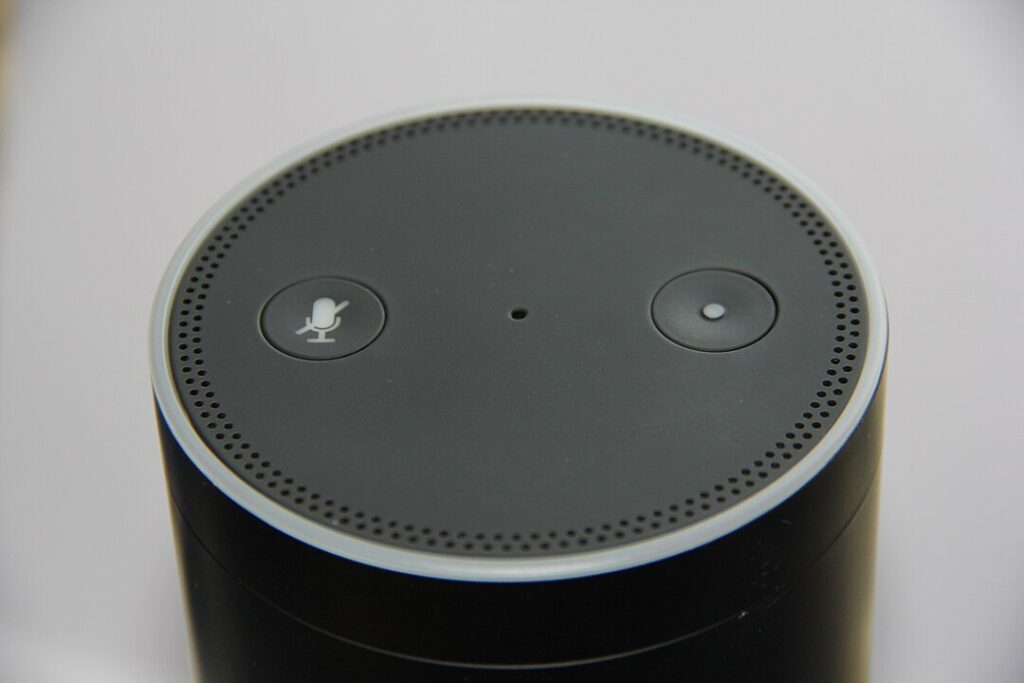
HAL 9000 in “2001: A Space Odyssey” was an advanced voice-activated AI assistant. Today, we have Siri, Alexa, and Google Assistant, which perform tasks, answer questions, control smart home devices, and more. These AI assistants continue to evolve, becoming more intuitive and integrated into our daily lives, enhancing convenience and productivity.
Hoverboards (Back to the Future)
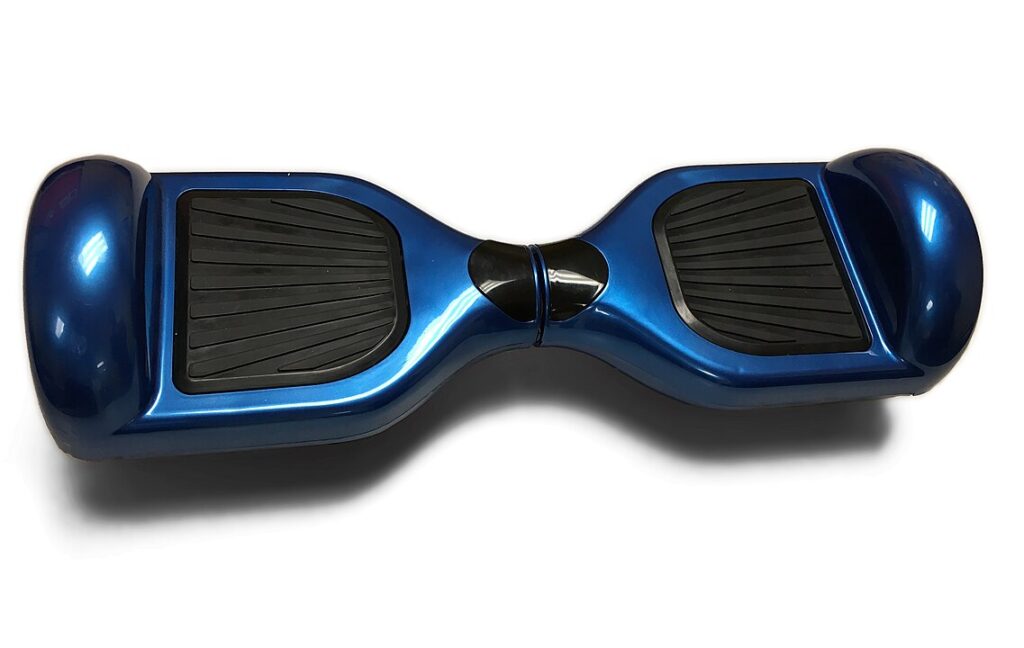
“Back to the Future” introduced hoverboards as a futuristic mode of personal transportation. While true hoverboards that float in the air are still in development, companies like Lexus have created prototypes using magnetic levitation technology. Current hoverboards with wheels, popularized in recent years, hint at the potential for future advancements in this area.
Robotic Helpers (The Jetsons)
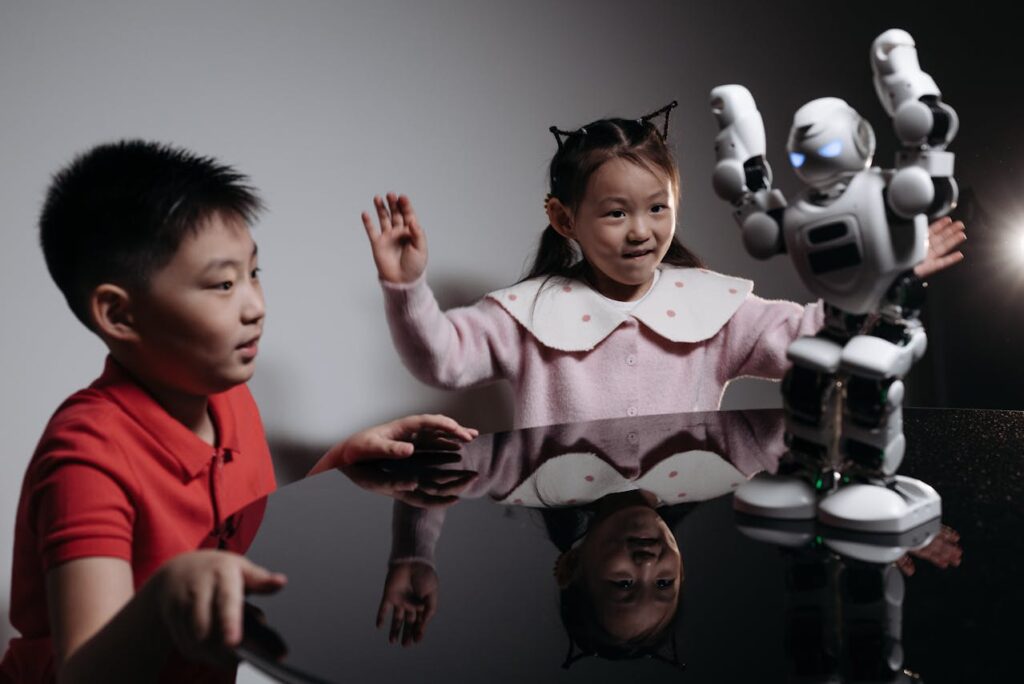
“The Jetsons” featured Rosie, a robotic housekeeper. Today, robotic helpers like Roomba vacuums, smart kitchen appliances, and service robots in hospitality and healthcare are becoming common. Advances in AI and robotics are making these helpers more sophisticated, capable of performing a variety of tasks, and increasingly becoming part of our everyday lives.
Space Tourism (2001: A Space Odyssey)
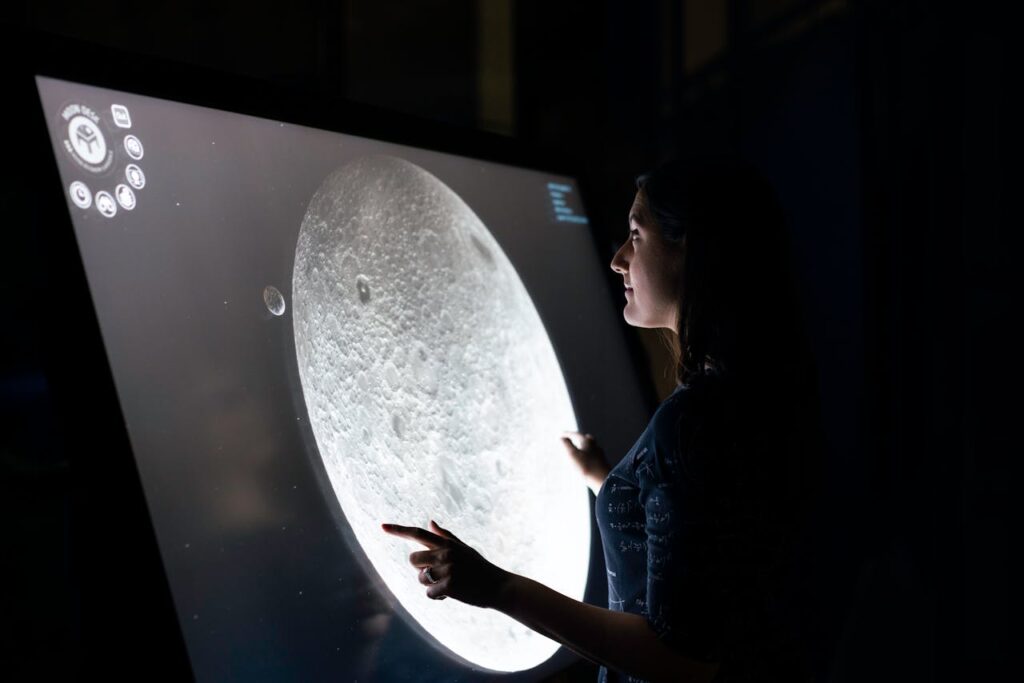
The idea of space tourism, highlighted in “2001: A Space Odyssey,” is now being pursued by companies like SpaceX, Blue Origin, and Virgin Galactic. These companies are developing spacecraft to take civilians on suborbital and orbital trips, promising to make space travel accessible to non-astronauts. Space tourism could soon open up a new frontier for adventure and exploration.
Smart Homes (Various Sci-Fi Stories)

Many sci-fi stories envision homes controlled by advanced technology. Today’s smart homes, equipped with IoT devices, allow users to control lighting, heating, security systems, and appliances remotely via smartphones or voice commands. Companies like Google, Amazon, and Apple are creating interconnected ecosystems that make homes more efficient, secure, and convenient.
Telepresence Robots (The Surrogates)
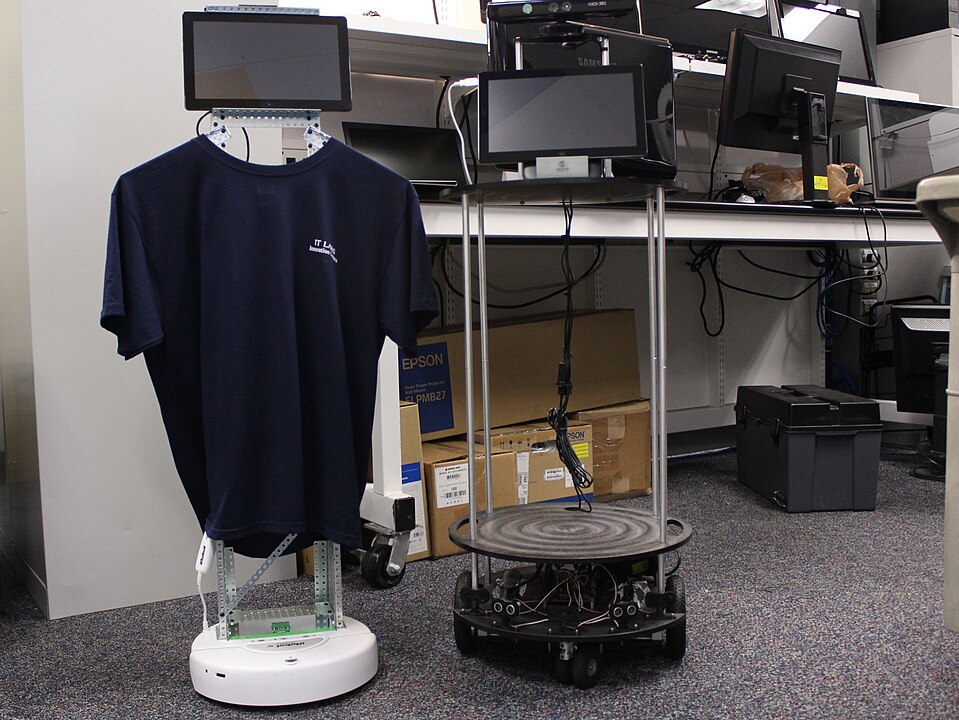
“The Surrogates” depicted a world where humans interact through robotic avatars. Today, telepresence robots are used in businesses and healthcare to facilitate remote interactions. These robots, like the Double and Beam, allow users to navigate physical spaces and communicate as if they were present, enhancing remote work and telemedicine capabilities.
Bionic Limbs (Star Wars)
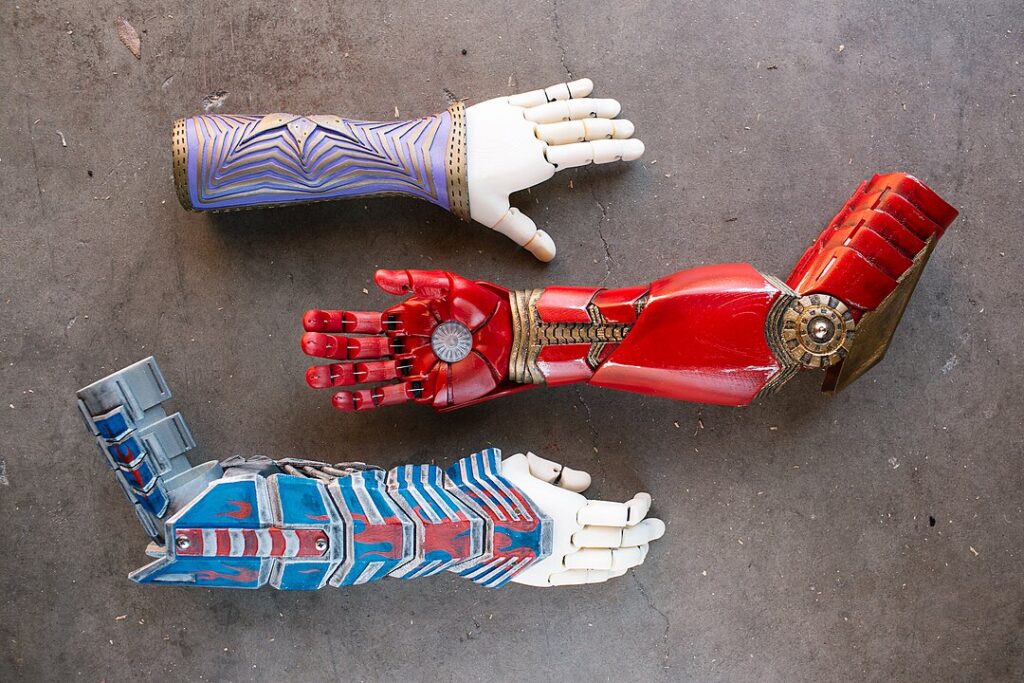
In “Star Wars,” characters like Luke Skywalker use advanced prosthetics. Modern bionic limbs, developed by companies like Össur and Open Bionics, are providing amputees with unprecedented levels of functionality and control. These prosthetics use myoelectric sensors to detect muscle movements and translate them into precise movements, offering improved mobility and quality of life.
3D Printing (Star Trek)
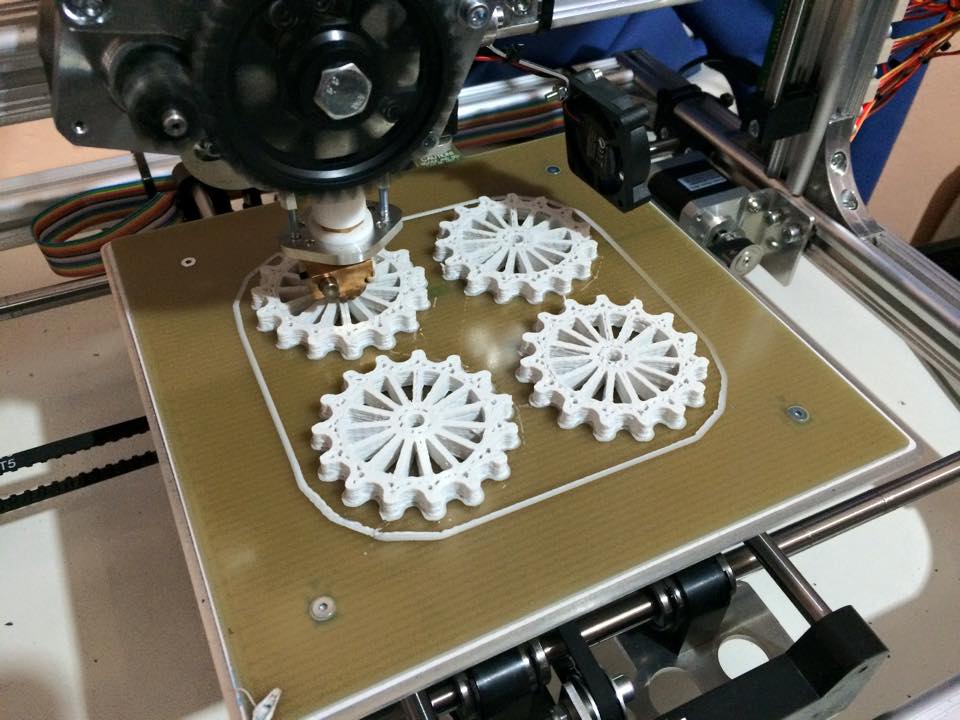
“Star Trek” introduced the replicator, a device that could create objects from raw materials. 3D printing technology today allows for the creation of complex objects from digital models, using materials like plastic, metal, and even biological cells. This technology is revolutionizing manufacturing, healthcare, and even food production by enabling rapid prototyping, custom implants, and personalized products.
Cyborg Enhancements (Robocop)
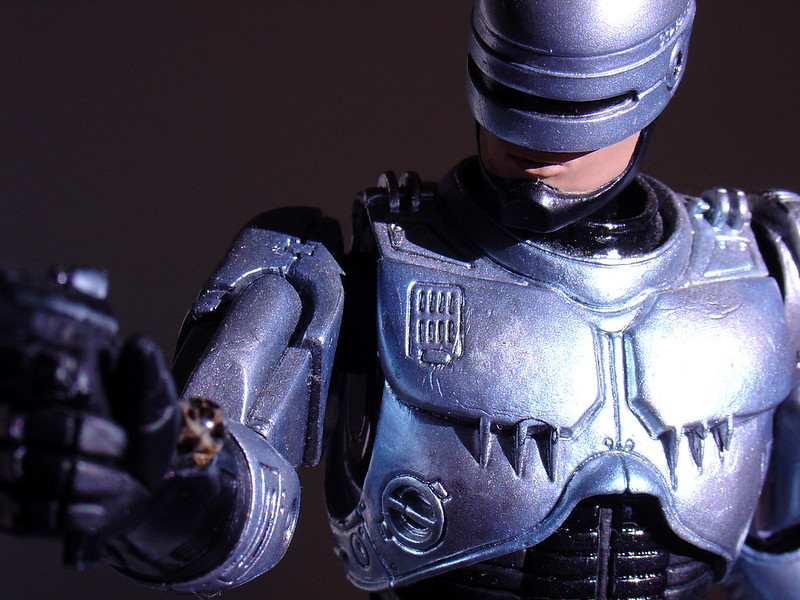
“Robocop” showcased humans with cybernetic enhancements. In reality, cyborg technology is advancing with implants and wearables that enhance human capabilities. Cochlear implants, retinal implants, and brain-computer interfaces developed by companies like Neuralink are helping individuals overcome disabilities and could potentially enhance cognitive and physical abilities in the future.
Artificial Intelligence (AI) (Ex Machina)

“Ex Machina” explored the possibilities and dangers of advanced AI. Today’s AI, developed by companies like Google DeepMind, IBM, and OpenAI, is making significant strides in machine learning, natural language processing, and robotics. AI is now capable of complex problem-solving, pattern recognition, and creative tasks, pushing the boundaries of what machines can do.
Genetic Engineering (Jurassic Park)
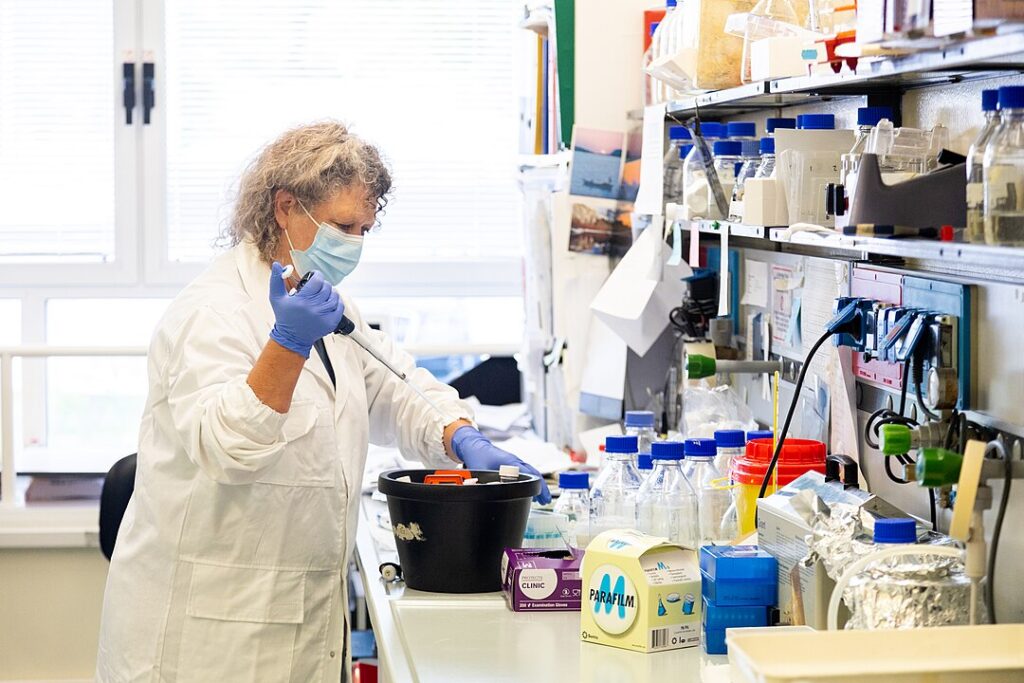
“Jurassic Park” introduced the concept of genetic engineering to bring extinct species back to life. While we’re not resurrecting dinosaurs, genetic engineering techniques like CRISPR are being used to modify organisms for better disease resistance, agricultural efficiency, and even de-extinction projects for species like the woolly mammoth.
Universal Translators (Star Trek)
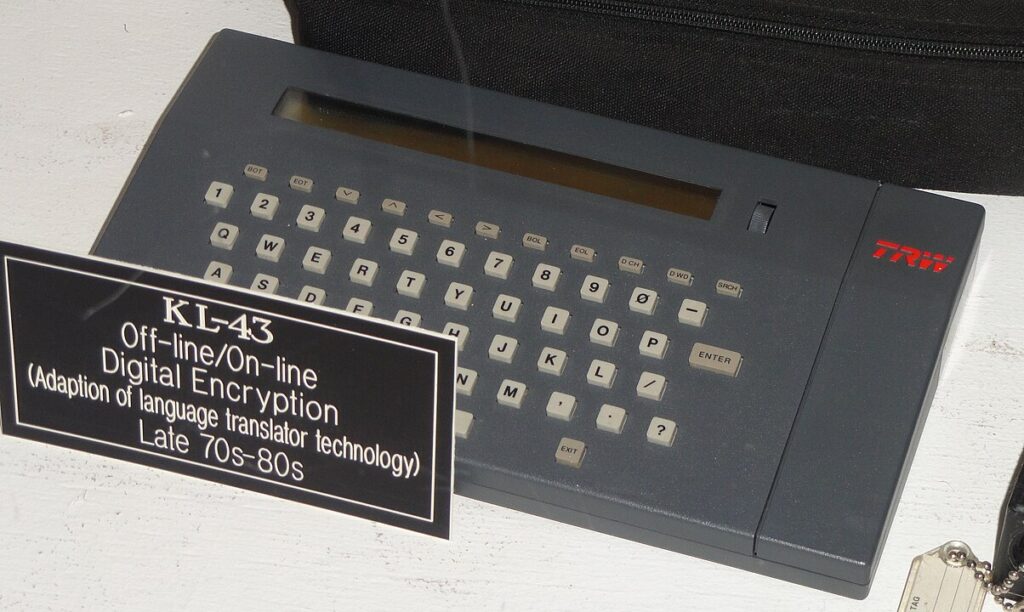
In “Star Trek,” the universal translator allowed seamless communication between different species. Today, real-time translation devices and apps, like Google Translate and Pocketalk, are breaking down language barriers. These tools use AI to provide instant translations, making global communication more accessible and enhancing cross-cultural interactions.
Brain-Computer Interfaces (The Matrix)
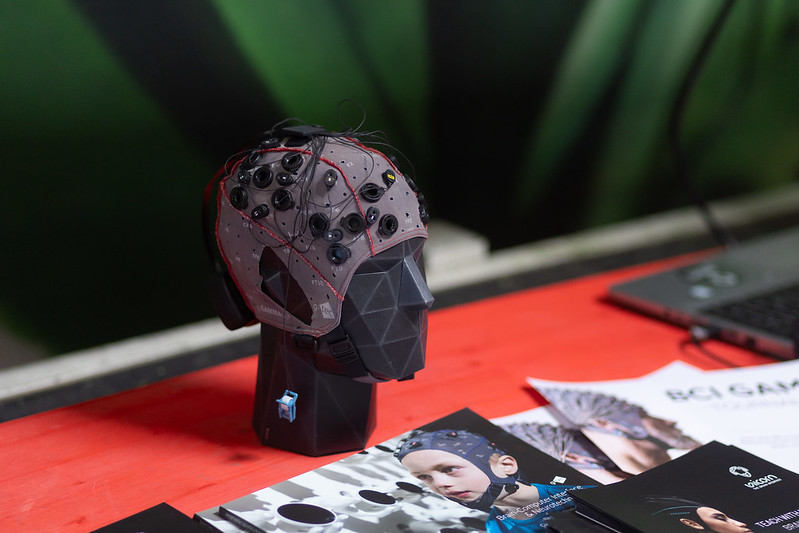
“The Matrix” depicted a direct interface between the brain and computers. Companies like Neuralink are developing brain-computer interfaces (BCIs) that could allow for direct communication between the brain and external devices. These BCIs have the potential to restore mobility to paralyzed individuals, enhance cognitive functions, and create new forms of interaction with technology.
Cloning (The Island)
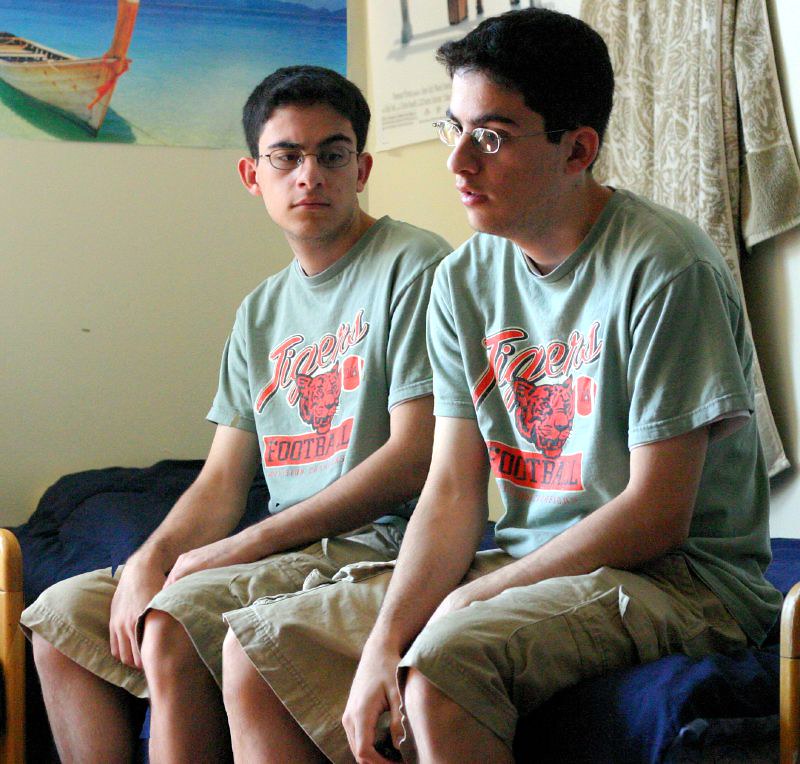
“The Island” explored the ethical implications of human cloning. While human cloning remains a controversial and largely theoretical area, cloning technology has made significant progress in other fields. Scientists have successfully cloned animals, such as Dolly the sheep, and are exploring therapeutic cloning for regenerative medicine and organ transplantation.
Hyperloop (Various Sci-Fi Stories)
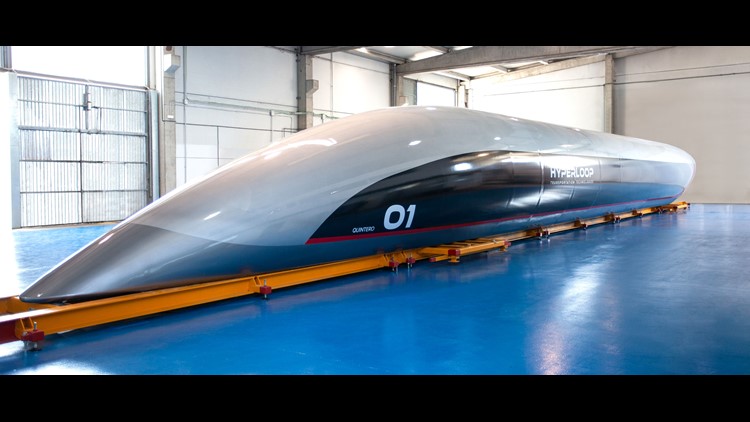
The concept of ultra-fast, tube-based transportation systems has been a recurring theme in sci-fi. Today, Elon Musk’s Hyperloop project aims to create high-speed transportation networks using vacuum tubes and magnetic levitation. This technology promises to drastically reduce travel times between cities, offering a faster, energy-efficient alternative to traditional rail and air travel.
This article originally appeared on UnifyCosmos.
More from UnifyCosmos
21 Misconceptions About Parenting You Need to Know

In this article, we will debunk some of the most common myths about parenting, offering clarity and insight to help parents navigate their roles with confidence and understanding. Read more!
20 Common Beauty Myths You Should Stop Believing

In this article, we debunk some of the most widespread beauty myths that are totally false. By shedding light on these misconceptions, you’ll gain a clearer understanding of what truly works for your skin, hair, and overall beauty routine. Read more!
18 Skincare Routines for a Fresh and Professional Appearance

Whether you’re getting ready for a big presentation or just want to look your best every day, having a clear plan can make all the difference. Below are 18 essential skincare steps arranged in the order you would typically follow for the best results. Read more!
Leave a Reply